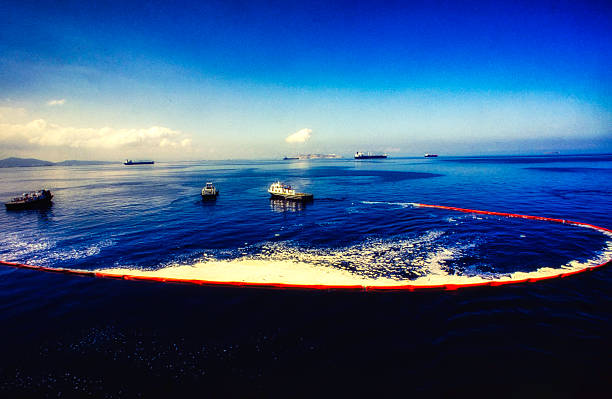1,1,2-TRICHLOROETHANE

1,1,2-Trichloroethane is a colorless, sweet-smelling liquid that does not dissolve in water, but is soluble in most organic solvents. Safe Home offers a few kits that provide drinking water testing for 1,1,2-Trichloroethane in city and well water supplies.
Parameter Type: Drinking Water Testing for Volatiles
Parameter Name: 1,1,2-Trichloroethane
What it is and Where it Comes From:
1,1,2-Trichloroethane, or 1,1,2-TCA, is an organochloride solvent with the molecular formula C2H3Cl3. It is a colorless, sweet-smelling liquid that does not dissolve in water, but is soluble in most organic solvents. It is an isomer of 1,1,1-trichloroethane. It is used as a solvent and as an intermediate in the synthesis of 1,1-dichloroethane. 1,1,2-Trichloroethane is sometimes present as an impurity in other chemicals, and it may be formed when another chemical breaks down in the environment under conditions where there is no air. When released into water, 1,1,2-TCE should primarily evaporate. In soils, it should partially evaporate and partially leach into the groundwater. Its break down by microbes, if it occurs, is very slow. 1,1,2-TCE shows little tendency to accumulate in aquatic life. Drinking water testing gives you several benefits like peace of mind, identifying contaminants in your water, and insight into health concerns. Safe Home offers Laboratory drinking water testing kits for 1,1,2-Trichloroethane, allowing you to collect your water sample and ship it directly to our EPA-Certified Laboratory. This platform of drinking water testing for 1,1,2-Trichloroethane will give you an accurate level based on the lowest level of a parameter our instruments can detect (Method Detection Level). Safe Home drinking water testing for volatiles can be used for city and well water supplies. Drinking water testing should be done any time you notice a significant change in your water quality.
Health Effects:
Short-term exposure to 1,1,2-TCE has the potential to cause the following health effects when people are exposed for a short period of time such as irritation of gastrointestinal tract, red or hemorrhaged lungs, and pale liver. Long-term exposure to 1,1,2-TCE has the potential to cause the following effects from a lifetime exposure at levels above the MCL such as damage to liver, kidneys, and cancer.
Solutions to Contaminant Levels:
You have completed to drinking water testing process, what is the next step? A filter with granular activated carbon (GAC) is a proven option to remove certain chemicals, particularly organic chemicals, from water. GAC filters also can be used to remove chemicals that give objectionable odors or tastes to water such as hydrogen sulfide (rotten eggs odor) or chlorine. Reverse osmosis is a process that removes foreign contaminants, solid substances, large molecules, and minerals from water by using pressure to push it through specialized membranes. Here’s how reverse osmosis works. Unlike osmosis, which is a passive process, reverse osmosis requires external force (pressure) to work. Pressure is applied to a highly concentrated solute solution, such as salt water, to pass through a membrane to a lower concentrate solution. The membrane allows water to flow through but blocks out larger molecules, like contaminants. The reverse osmosis process leaves higher concentrations of solute on one side and only the solvent, or freshwater, on the other. Who do I need to contact to find out more information about water quality in my area? Every community water supplier must provide an annual report to its customers, known as a Consumer Confidence Report (CCR). The report provides information on your local drinking water quality, including the water’s source, contaminants found in the water, and how consumers can get involved in protecting drinking water. How often does the local public water system preform drinking water testing? Frequency of drinking water testing depends on the number of people served, the type of water source, and types of contaminants. Certain contaminants are tested more frequently than others, as established by the Safe Drinking Water Act. You can find out about levels of regulated contaminants in your treated water for the previous calendar year in your annual Consumer Confidence Report (CCR).


